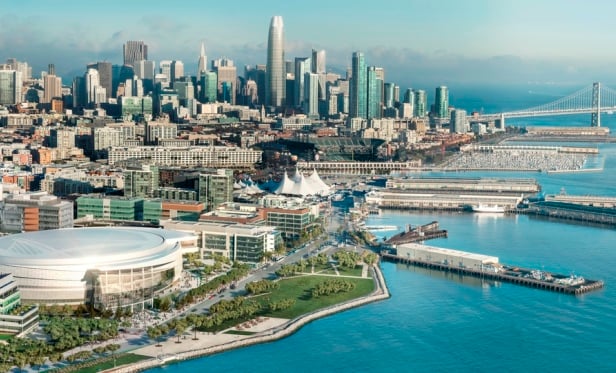 Intermodal freight transport options are rising in popularity. According to a presentation by Beth F. Whited, EVP and chief marketing officer at Union Pacific Railroad, at the Pulse of the Ports conference last week, intermodal is growing faster than rail, and the company is investing financing to grow intermodal facilities. The growth is driven by both domestic and international demand for intermodal.
Intermodal freight transport options are rising in popularity. According to a presentation by Beth F. Whited, EVP and chief marketing officer at Union Pacific Railroad, at the Pulse of the Ports conference last week, intermodal is growing faster than rail, and the company is investing financing to grow intermodal facilities. The growth is driven by both domestic and international demand for intermodal.
“Rail volume is up this year about 1%, so it is relatively flat,” Whited said at the conference. “If you look at intermodal, seven-day car loadings are up 6% year-over-year. We are seeing strength in international intermodal, but domestic intermodal [is also] growing. We are seeing the impact of ELDs in the US.”
This year, Whited expects that growth of intermodal transport will continue to grow, especially if the early months of 2018 is an indicator. “Coming in to 2018, we are really expecting the impact to be 5%, and it is much more intense than that,” she explained. “We consider our domestic fleet on the container front to be sold out. There has been a lot of demand for intermodal this year, and I think that is coming from truck tightness. We will continue to focus on investment in our container fleet.”
The demand for intermodal could mean some solutions to other transit issues. At Pulse of the Ports, many speakers noted the increase in empty containers. “We think that we have some solutions where we can reload them with this increase demand for domestic intermodal,” said Whited. “They would get an intermediate load somewhere on their trek back to L.A. and Long Beach on their way back to Asia.”
Union Pacific is investing in intermodal facilities this year, specifically in Downtown Los Angeles and Southern California. As a whole, the industry has spent $635 billion in investment into infrastructure. Beyond intermodal, there is also a focus on other capacity solutions, primarily visibility. The ports of Los Angeles and Long Beach are working to get ships visibility through the port. “We believe that natural extension is onto the railroad,” said Whited. “We know that we need to find ways to participate.”
In addition, Union Pacific Rail is also looking at increasing its exposure to technology. Currently, it is creating a smart ETA app that uses AI to better predict train arrival times. “This is an attempt by us to provide an excellent customer experience,” said Whited. “It will be a next-level change for customers in terms of their ability to predict the availability of their goods.”
Want to continue reading?
Become a Free ALM Digital Reader.
Once you are an ALM Digital Member, you’ll receive:
- Breaking commercial real estate news and analysis, on-site and via our newsletters and custom alerts
- Educational webcasts, white papers, and ebooks from industry thought leaders
- Critical coverage of the property casualty insurance and financial advisory markets on our other ALM sites, PropertyCasualty360 and ThinkAdvisor
Already have an account? Sign In Now
*May exclude premium content© 2024 ALM Global, LLC, All Rights Reserved. Request academic re-use from www.copyright.com. All other uses, submit a request to [email protected]. For more information visit Asset & Logo Licensing.








